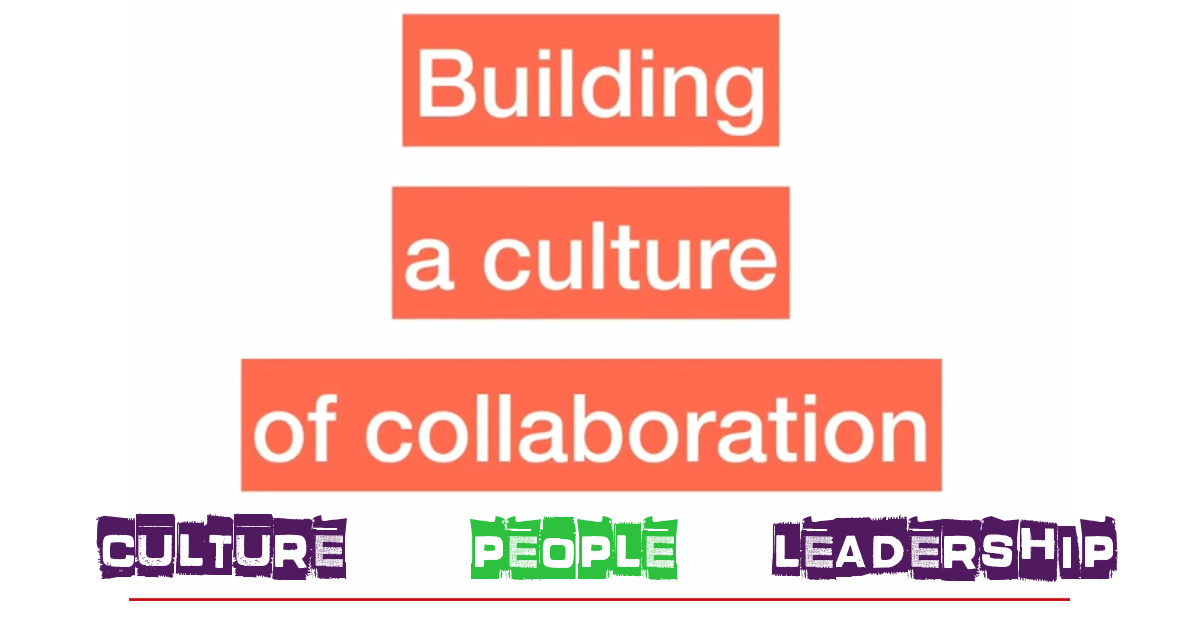
Talk about collaboration from the start. It’s far easier to set the course and stay on it than to redirect a ship after it has set sail. Every conversation with a prospective memeber or potential stakeholder is an opportunity to establish collaboration as an pillar from the beginning. As you encounter potential members, staff, vocations, board members, and volunteers, talk about the value you place on internal and external collaboration, and its role in accomplishing the mission. Make that conversation part of all onboarding processes. Emphasize that each person — regardless of their role — is encouraged to discover and pursue synergies.
Seek out collaboration ninjas. Fill your group at every level with people who will actively look for collaboration opportunities, support the process, and contribute to successful partnering. People good at this usually have strong communication and empathy skills, and the flexibility needed to navigate ambiguous and chaotic situations. Also look for people who are naturally curious, as they are often more tolerant of ambiguity, and tend to seek out knowledge and information. People who are comfortable and productive in more-nebulous environments can improve outcomes and help bolster the morale of others.
Reward, reinforce, and proselytize. Integrate collaboration into all processes that affect your members. Each process is an opportunity to positively impact missionaries and reinforce a culture of collaboration and synergy. Think about elements like group policies. While they seem more about compliance and less about people, they send a strong message about the organization. Do your policies reinforce collaboration or bog down the process with elaborate protocols? Reward members who help foster collaboration (via shout-outs on Facebook, non-cash rewards, or greater exposure to opportunities). When developing members, strengthen skills around collaboration. Finally, leverage the most important relationship with local leaders. Local leaders should not only carry forward the messages, empowerment, and culture cues around collaboration and cooperation, but also embed collaboration in evaluation.
Use collaboration to take talent even further. By linking with other organizations who have similar missions or share geography, leaders can share multi-organization professional development programs that take advantage of shared training goals and economies of scale.
Make collaboration your culture. (Look for part three on Sunday)









great article but I cannot read all of the keys and was not able to change the color.
We adjusted the font color of the writing on the dark parts so it will be easier to read. The new graphic is in the post. Thank you!
Compare these traits with the seven gifts of the Holy Spirit…